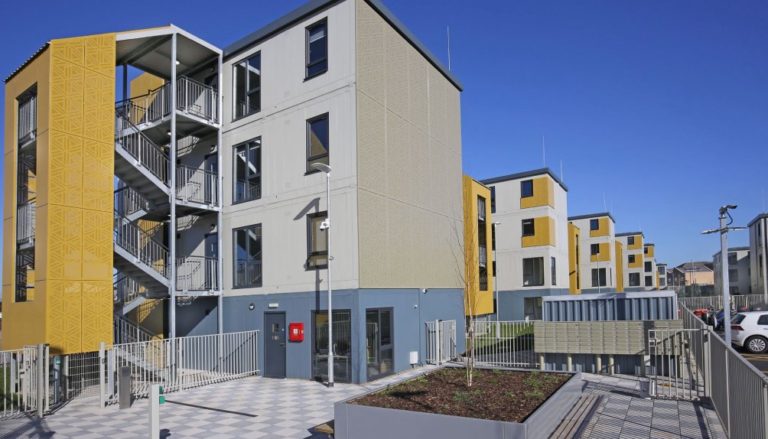How can MMC help the homelessness crisis?
We’ve been in a housing crisis for quite some time. With the effects of the pandemic not fully known yet, it’s likely to only get worse. According to the National Housing Federation.
View More
We’ve been in a housing crisis for quite some time. With the effects of the pandemic not fully known yet, it’s likely to only get worse. According to the National Housing Federation.
View MoreIt’s estimated that around 400,000 people are homeless or at risk of going homeless in England. Sadly, a large proportion of those are children without homes.
View MoreLondon boroughs fear a ‘summer wave’ of homelessness in the capital as a result of covid-19. Councils have pointed to a series of upcoming risks threatening to significantly increase the levels of homelessness not just in London but right across the country.
View MoreNow it’s no secret that we’re in a housing crisis and the numbers of those sleeping rough or at risk of homelessness are rising.
View MoreIn what was described as a “landmark moment” by the Chief Executive of Crisis in March 2020, the Government asked local authorities across England to “get everyone in”.
View MoreThe Government will provide up to £211.6 million in funding for councils across England to deliver over 2,700 Move-On homes. Their mission is to significantly reduce homelessness and provide support services so they don’t end up back on the street.
View More